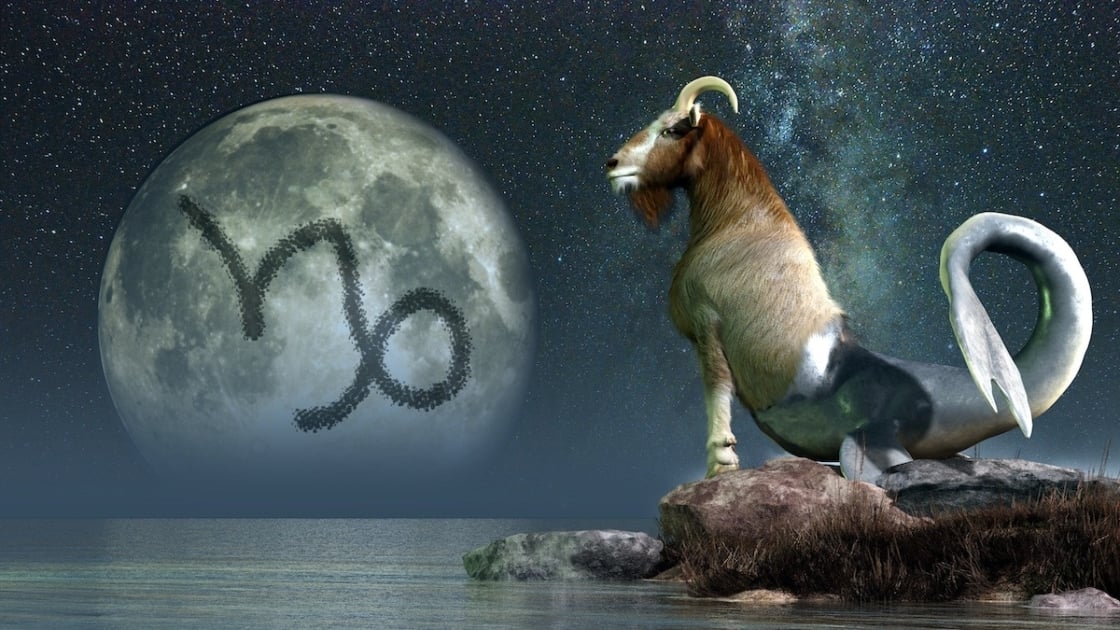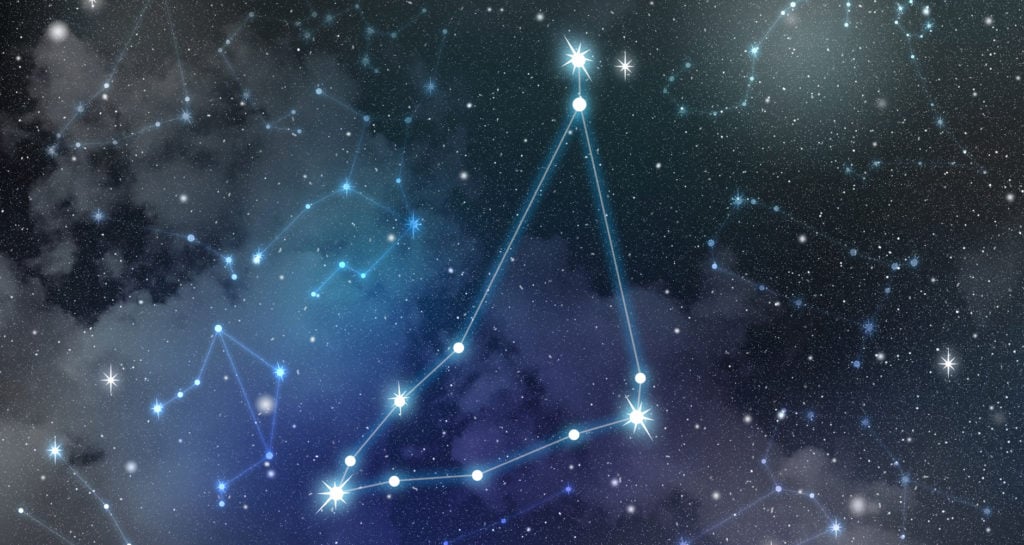Zodiac Zone: Meet Capricorn
Capricorn is the tenth constellation of the zodiac. Its name is the Latin word meaning “horned goat.” Learn more about this sign.

Capricorn, also known as Capricornus, is the tenth constellation of the zodiac. Its name is the Latin word meaning “goat-horned.”
Astrologically, the Sun resides in the house of Capricorn from December 22 to January 19 each year.
The astrological symbol for Capricorn is ♑, and the constellation sits in the sky between Sagittarius to the west and Aquarius to the east. Other nearby constellations include Aquila, Microscopium, and
Piscis Austrinus.
Learn more about each zodiac sign.
The Capricorn Constellation
One of the fainter constellations in the sky, Capricorn contains 49 stars, including 12 named stars. Unlike some of the more visually interesting members of the zodiac, it contains only one Messier object, the globular cluster M-30.

Capricorn’s 13 main stars form the shape of a goat. In some renderings, it appears as a normal goat, while others depict a “sea goat,” a mythological beast with a goat’s head and a fish’s tail. When shown as a normal goat, Capricorn is said to represent Amalthea, the goat whose milk sustained the god Zeus when his mother, Rhea, hid the infant god to prevent him from being devoured by his father, Cronos. Her horn, accidentally broken off by Zeus, was transformed into the legendary “horn of plenty,” which granted the holder’s every wish. Another myth tells of the goat god, Pan, who dove into the Nile and transformed his lower half into that of a fish to escape from the monster Typhon. To the ancient Sumerians, Capricorn represented the god Enki, who rose out of the sea to bring culture to the human race.
Capricorn Traits
People born during this period have Capricorn as their Sun sign. Proponents of astrological determinism believe that people born under the same Sun sign share certain character traits.
Capricorn people are most often described as organized, patient, practical, tidy, hard-working, ambitious, detail-oriented, and trustworthy.
Join The Discussion
Is Capricorn your zodiac sign?
Do you believe in the character traits listed above?
Let us know in the comments below!
Related Articles

Jaime McLeod
Jaime McLeod is a longtime journalist who has written for a wide variety of newspapers, magazines, and websites, including MTV.com. She enjoys the outdoors, growing and eating organic food, and is interested in all aspects of natural wellness.






While I do NOT think astrology is for predicting I do think it likely that personality traits and compatibility might be determine this way. Psychologists allege there are only ten or twelve personality types without mention of the zodiac, I find that the number of types coincide with the number of “houses” in the zodiac. Not for fortune telling though.
That is an interesting take on personality traits and the houses! Definitely something to ponder!